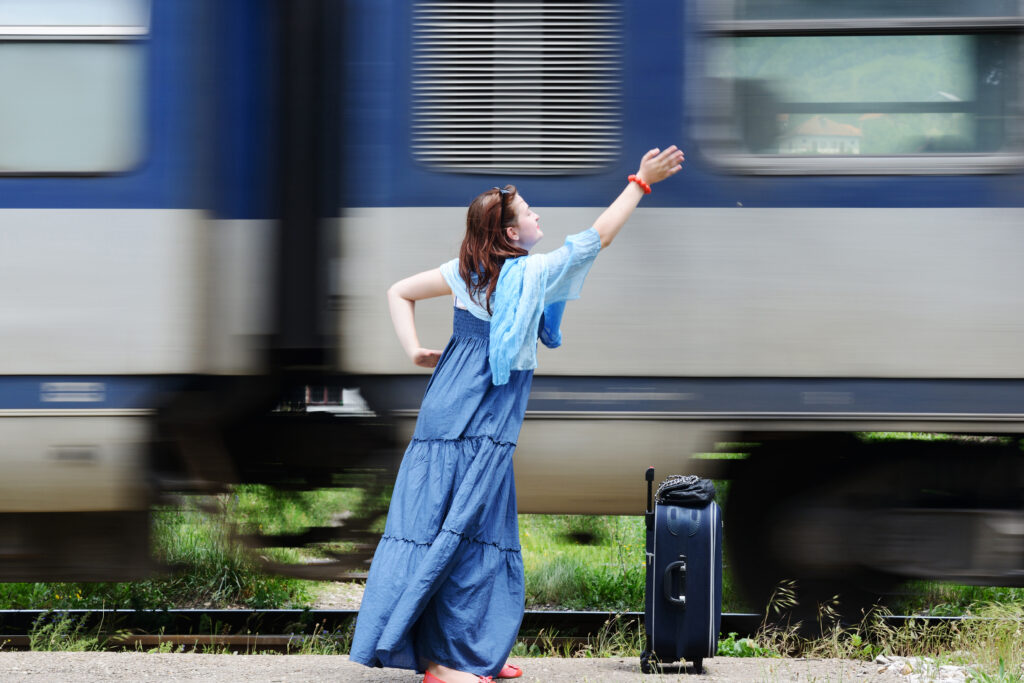Travel tips for solo women travellers – including safety!

No one understands the need for safety quite like another woman. We’ve all spent years considering how we dress, behave, and what we carry with us to reduce our vulnerability. Who hasn’t found herself walking alone at night, clutching her keys like a weapon, ready to defend against a potential attacker? Who hasn’t felt a rush of anxiety upon hearing footsteps behind her, wondering if they’re a threat or just someone going about their day? Unfortunately, feeling completely safe is something many women miss out on—a reality that’s often not understood by men. But that shouldn’t stop us from embarking on solo travel! With careful planning and a focus on safety, we can explore the world confidently. Preparation It’s vital to thoroughly research your destination before you set off. Familiarise yourself with everything from safety tips, local customs, and travel advisories to potential issues related to your insurance and documentation. Remember, knowledge is power. The more you know about your destination, the more empowered you’ll feel. If you’re still deciding where to go, consider researching destinations that are known for being safe for solo female travellers. Once you’ve chosen your destination, dive into specifics. Identify the safest areas to stay and be aware of any common scams that might catch unwitting tourists off guard. Don’t forget to review your government’s travel website—it offers valuable insights into potential safety risks across the globe. Australian government travel advisory US government travel advisory UK government travel advisory Canadian government travel advisory You need to prepare your travel insurance and your documentation. Is your passport ready to go? Does your travel insurance cover the destination and any valuables you intend to take with you? Does it cover all activities you plan to do – you usually need to notify them about anything high risk, such as skiing. Always make sure your travel insurance information is accessible – I keep mine on my phone but what if my phone breaks or is stolen? I can also access it from my iPad and laptop, but you may feel safer with a hard copy backup. You should also keep a copy of your passport, your hotel address and local emergency numbers as a backup too. Learn a little of the language, if the country you are going to does not speak the same language as you. Even just please, thank you, hello, goodbye can make you feel more comfortable and less out of place. Update your ICE contact in your phone. Make sure it is accessible if you were to need medical attention whilst unconscious – most phones from the last few years can do this, so research how to do it on yours. And finally, save offline maps in Google maps in case you don’t have wifi or a network accessible where you are going. Packing A top tip here is to avoid overpacking. Ensure you can handle your own bags comfortably, as you’ll need to keep them with you in public toilets and other tight spaces. You won’t want to rely on others for assistance, because this can increase the risk of theft. Place an Apple Air Tag or similar device in all your bags. This way, you can always monitor their location. Use physical luggage tags with minimal personal information; I just put our surname, “Linke” and Michael’s mobile phone number on ours. I don’t want someone seeing a female name, or address details on my tags. Or being able to send me harassing texts or photos. Be smart about what you pack. Leave behind any sentimental items that cannot be replaced. This way, if anything goes missing or gets stolen, you can rely on your travel insurance for replacements. Ensure you check whether you need to itemise valuable items, such as cameras, with your insurer. Refrain from taking and wearing expensive jewellery or flashy clothing. These items can attract unwanted attention, leading thieves to assume you’re carrying a lot of cash. Always pack your valuables in multiple locations. Keep cash and credit cards in separate spots, so you have a backup if something gets lost or taken. Consider using RFID-blocking sleeves for your cards and passport, for added protection. Your medications may be valuable on the black market so protect them too! As for safety gadgets, consider packing a few items that can provide an extra layer of security. For instance, a portable door lock can secure your hotel room, while portable alarms or motion-activated lights can keep unwelcome visitors at bay. Some travellers even swear by using an old phone as a webcam in their hotel room, along with an app like Alfred, to monitor for any unexpected intruders while they are out. I’ll link all the gadgets I’m aware of in the description below, so feel free to check them out. Transport and tours Staying aware whilst navigating transportation is critical. Using rideshares like Uber can offer a sense of safety, but it’s essential to verify that the license plate matches what you see in the app. If you have luggage in the boot – trunk for Americans – wait until the driver exits the vehicle before you do, to avoid them driving off with your possessions. If you are hailing a taxi, take a photo of the licence plate before you get in. And whether it’s an Uber or a taxi, if you’re in an unfamiliar location follow along on a map to make sure you aren’t being taken to the wrong place! If traveling from home to the airport with luggage, which makes it obvious that I’m going away, I often have a fake phone conversation with a friend to talk about them housesitting with their big scary boyfriend—this trick can deter potential house breakers. When booking tours, choose reputable companies with positive reviews, and if it helps your sense of security, look for options tailored specifically for women. Always have a plan in place for what happens if you get separated from the group. In general, exercise

